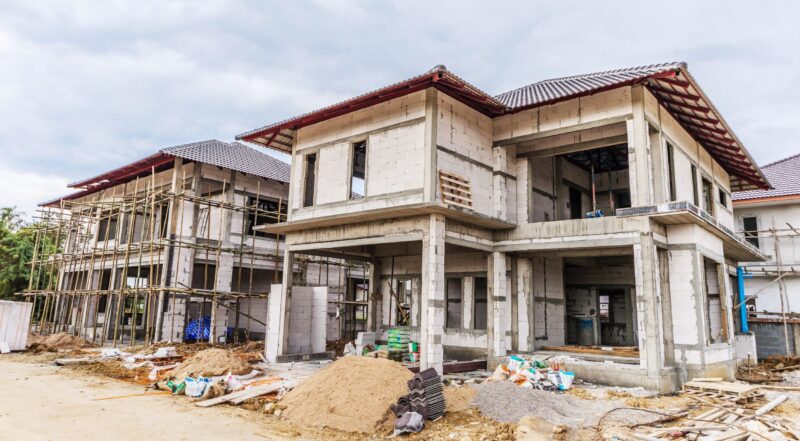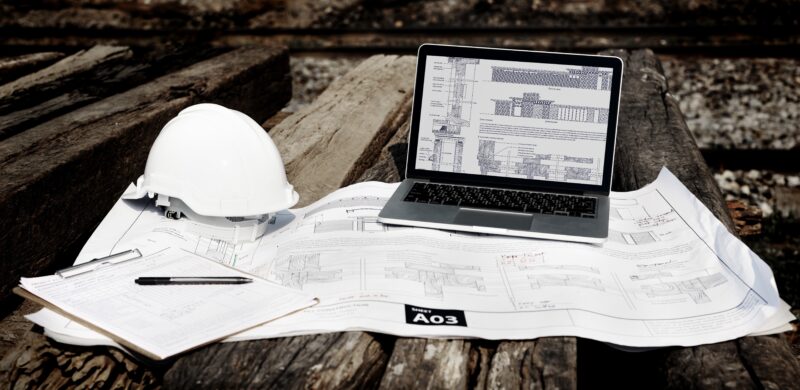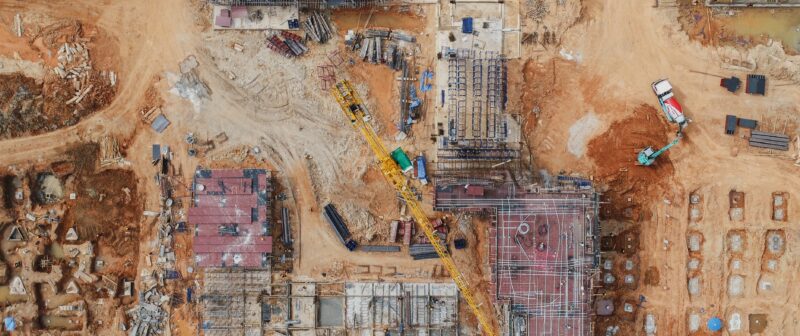African construction market is expected to grow at a CAGR of more than 7.5% during the forecast period (2022 -2027), according to Mordor Intelligence’s “Africa construction market – growth, trends, covid-19 impact, and forecasts (2022 – 2027)” report.
The African construction industry is experiencing exponential growth with projects across the continent are becoming larger and more complex, despite the recent COVID19 epidemic. Reports attribute this to strong economic growth, rapid urbanization, a growing middle class and commercial integration of majority of the continents 54 nations.
Across the continent, the industry has become a go to destination for most large economies. This in part to the accruing benefits of readily available huge natural resources, a fast-growing consumer market, increased investment in energy and infrastructure and cheap labour. In addition, a continued in the fight against corruption and the adoption of democratic governments have increased the appetite of foreign investors across the board.
As of 1 June 2018, over 482 projects valued at USD 50m or above had broken ground. Totaling USD 471 billion, these projects had doubled from 2017 as it was USD 210 billion.
Chinese Investments and BRI Initiative
In a recently held, Forum on China-Africa Cooperation (FOCAC) on December 2018, Chinese President Xi Jinping stated that China will be providing USD 60 billion in financial support to Africa. The Chinese President broke down the partial distribution of funds as follows: USD20 billion in credit lines, USD15 billion in grants, interest-free loans, and concessional loans, and USD10 billion in investment financing.
China continues to be Africa’s strongest ally and has pumped millions of dollars into the continent in recent years. Chinese investment across the globe has steadily increased, with Africa being the third-largest investment destination behind Asia and Europe.

Infrastructural Developments in the several African Countries.
Kenya
Under the national long-term development policy, THE KENYA VISION 2030, the Kenyan Construction industry has a high growth rate potential over the forecasted period. The policy aims to transform the country into a newly industrialized, middle-income economy that provides a high quality of life to its citizens by 2030 with a clean and secure environment. The overall goal for the countries construction industry is to increase its contribution to Gross Domestic Product (GDP) by at least 10% per annually propelling Kenya into Africa’s industrial hub.
Tunisia
The construction industry and related activities in Tunisia over the forecast period (2019–2024), are expected to show steady growth supported by investments in public infrastructure, residential and renewable energy projects. Various government flagship programs such as Renewable Energy Action Plan 2030, Tunisia 2020 five-year development plan are expected to drive the industry’s growth over the forecasted period.
The Tunisia 2020 national five-year development plan is partially funded by the government (USD25.0 billion) and involves a total budget of (USD60.0 billion). Under the plan, the government intends on developing several large-scale projects in transport, tourism, energy and utilities, education, healthcare, communication, industrial and housing sectors until 2020. The total construction project pipeline in Tunisia stands at USD46.4 billion with 82.4% of these in the pre-planning and planning stages as of April 2018.
A Competitive Landscape
Overall, the Africa Construction Industry is dominated by international players with large market share which makes it less competitive. However, growth projections over the forecast period presents immense investment opportunities which is expected further drive market competition.








